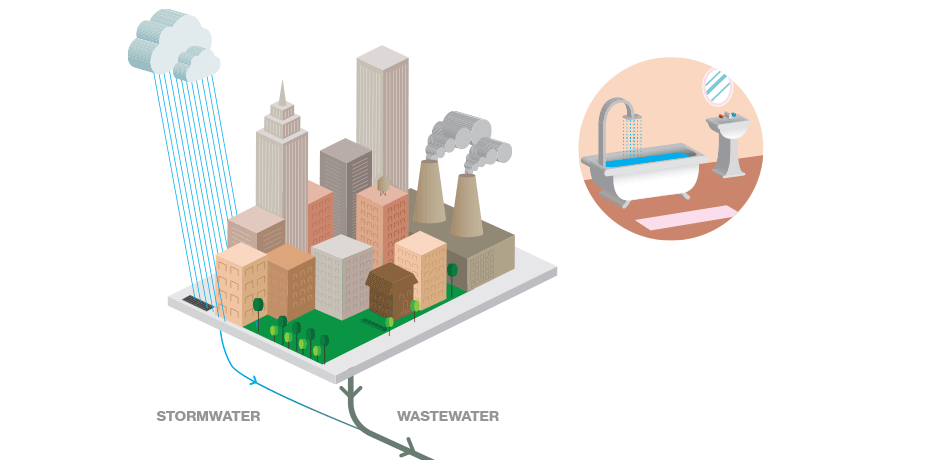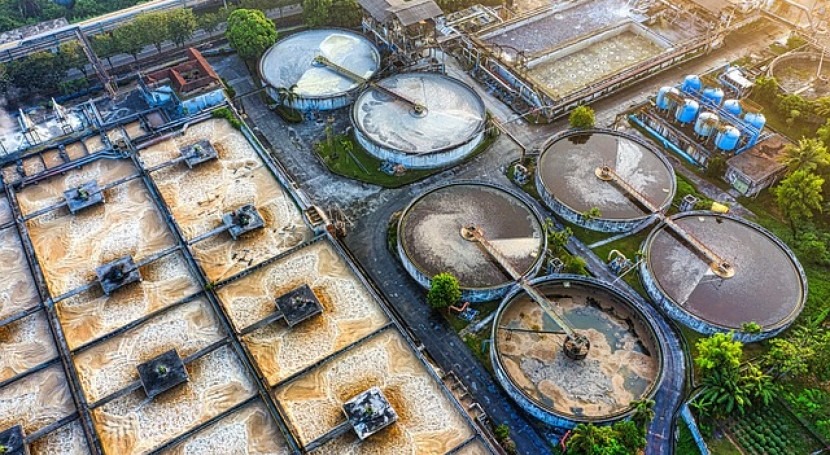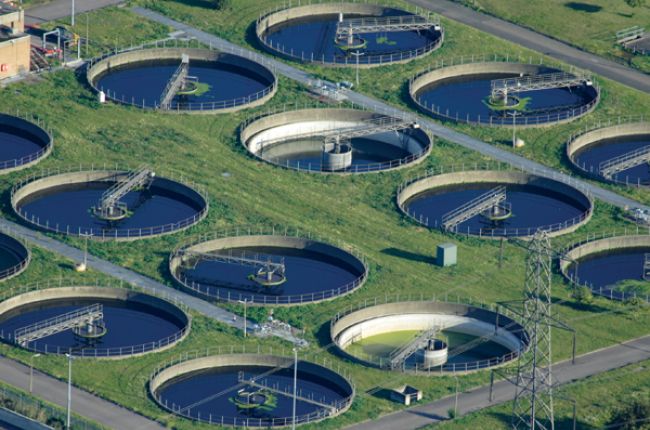Strategic Approaches to Enhance Drainage Therapy Performance and Minimize Environmental Influence
In the world of waste water treatment, the mission for enhanced efficiency and decreased ecological impact is a continuous difficulty that requires calculated solutions. The integration of advanced treatment innovations, energy-efficient processes, source recovery approaches, improved nutrient elimination strategies, and clever monitoring and control systems stands for a diverse structure for addressing these pressing problems.
Advanced Treatment Technologies
Sophisticated membrane filtering systems have transformed innovative wastewater therapy procedures, significantly enhancing the elimination of pollutants. These innovative systems work by forcing water via a semi-permeable membrane, successfully dividing impurities from the water stream. The membrane's microscopic pores trap pollutants such as bacteria, viruses, and suspended solids, permitting just purified water to travel through. This innovation has shown to be extremely reliable in removing a vast array of impurities, consisting of pharmaceuticals, heavy metals, and organic substances, which are commonly testing to get rid of with typical treatment approaches.
Moreover, membrane filtration systems supply numerous advantages over standard therapy techniques. They require much less area, create higher-quality effluent, and are more resistant to changes in influent water high quality. In addition, these systems are very versatile and can be quickly integrated into existing treatment plants or utilized as standalone units for decentralized applications. As the need for clean water proceeds to increase, the fostering of advanced membrane filtration technologies is necessary to guarantee reliable and sustainable wastewater therapy techniques.
Energy-Efficient Procedures
The combination of energy-efficient procedures in wastewater treatment systems is essential for optimizing source application and reducing functional costs. By implementing energy-efficient technologies, treatment plants can substantially reduce their carbon impact and total ecological effect. One essential technique to boosting energy efficiency in wastewater therapy is the utilization of innovative oygenation systems, such as great bubble diffusers or surface aerators, which can boost oxygen transfer efficiency and decrease power intake. Additionally, incorporating energy recovery systems, like anaerobic food digestion for biogas production or using excess warmth for thermal procedures, can help counter energy requirements and promote sustainability.
Furthermore, optimizing process control and automation via using advanced sensing units and keeping track of systems can enhance total power performance by changing procedures in real-time based upon real demand and problems. Carrying out energy audits and routinely checking energy performance signs are crucial techniques to determine locations for renovation and track energy-saving campaigns efficiently. In general, the fostering of energy-efficient processes in wastewater therapy not just benefits the environment however likewise adds to long-lasting cost savings and operational sustainability.
Source Healing Methods
With a concentrate on enhancing source application and sustainability in wastewater therapy systems, the implementation of source recuperation techniques becomes a pivotal aspect in boosting operational performance. Resource recovery methods in wastewater treatment include the recognition and removal of valuable resources from the waste stream, consequently turning what was as soon as thought about waste right into a beneficial property. By executing resource recovery methods such as nutrient elimination and recuperation, power generation from natural issue, and the production of recyclable water, wastewater therapy plants can lessen ecological impact while making the most of efficiency.

Improved Nutrient Removal Strategies
Carrying out sophisticated nutrient elimination methods is crucial for maximizing the effectiveness of wastewater treatment systems. Improved nutrient elimination plays a vital function in reducing the environmental effect of cured effluent discharged right into water bodies. Among the essential techniques utilized for enhanced nutrient elimination is the procedure of organic nutrient removal (BNR), which entails the elimination of nitrogen and phosphorus with biological procedures. This can be accomplished via making use of specialized bacteria that can transform nitrogen compounds right into inert nitrogen gas via denitrification, and gather phosphorus within their cells via a process called improved organic phosphorus removal (EBPR)

In addition to BNR, advanced treatment approaches such as membrane layer bioreactors (MBRs) and built marshes can additionally be utilized to enhance nutrient elimination performance. By incorporating these advanced nutrient removal methods into wastewater treatment communities, systems and sectors can properly minimize nutrient air pollution and safeguard the environment.
Smart Tracking and Control Equipment
Using cutting-edge technology, the assimilation of clever tracking and control systems changes the operational effectiveness of wastewater treatment centers. These systems integrate innovative sensors and data analytics to continuously monitor key parameters such as pH levels, turbidity, dissolved oxygen, and flow prices in real-time. By gathering and evaluating this data, operators can gain valuable understandings into the performance of the therapy procedures, allowing proactive adjustments to optimize treatment performance.
Smart monitoring and control systems also sustain remote surveillance capacities, enabling drivers to accessibility real-time information and control functions from off-site places. This remote ease of access boosts functional adaptability and responsiveness, making it possible for quick treatments in case of system malfunctions or changes in influent top quality. Moreover, the anticipating maintenance capabilities of these systems aid protect against devices failings and reduce downtime, inevitably enhancing the overall dependability of wastewater therapy operations (Waste Water Treatment).
Final Thought
Finally, calculated strategies such as innovative therapy technologies, energy-efficient processes, resource recuperation approaches, boosted nutrient elimination techniques, and wise tracking and control systems play a vital duty in boosting wastewater treatment performance and reducing environmental influence. By applying these methods, wastewater treatment plants can boost their total efficiency, reduce power intake, recuperate beneficial sources, and ensure conformity with ecological laws. These approaches are vital for effective and lasting wastewater management methods.

In final thought, critical strategies such as advanced treatment modern technologies, energy-efficient procedures, source recuperation techniques, enhanced nutrient removal strategies, and smart tracking and control systems play an essential duty in improving wastewater therapy performance and lessening environmental influence.